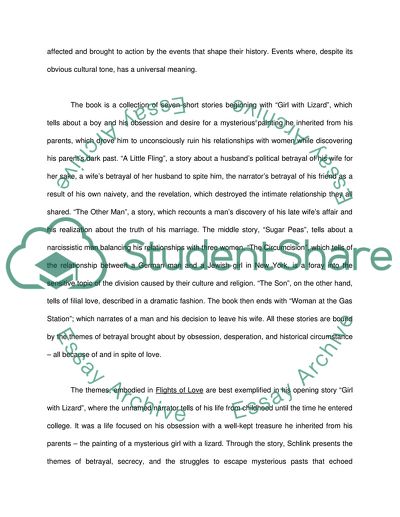Cite this document
(“Tracing Dimensions of Changing Culture Essay Example | Topics and Well Written Essays - 1750 words”, n.d.)
Tracing Dimensions of Changing Culture Essay Example | Topics and Well Written Essays - 1750 words. Retrieved from https://studentshare.org/miscellaneous/1535324-tracing-dimensions-of-changing-culture
Tracing Dimensions of Changing Culture Essay Example | Topics and Well Written Essays - 1750 words. Retrieved from https://studentshare.org/miscellaneous/1535324-tracing-dimensions-of-changing-culture
(Tracing Dimensions of Changing Culture Essay Example | Topics and Well Written Essays - 1750 Words)
Tracing Dimensions of Changing Culture Essay Example | Topics and Well Written Essays - 1750 Words. https://studentshare.org/miscellaneous/1535324-tracing-dimensions-of-changing-culture.
Tracing Dimensions of Changing Culture Essay Example | Topics and Well Written Essays - 1750 Words. https://studentshare.org/miscellaneous/1535324-tracing-dimensions-of-changing-culture.
“Tracing Dimensions of Changing Culture Essay Example | Topics and Well Written Essays - 1750 Words”, n.d. https://studentshare.org/miscellaneous/1535324-tracing-dimensions-of-changing-culture.


